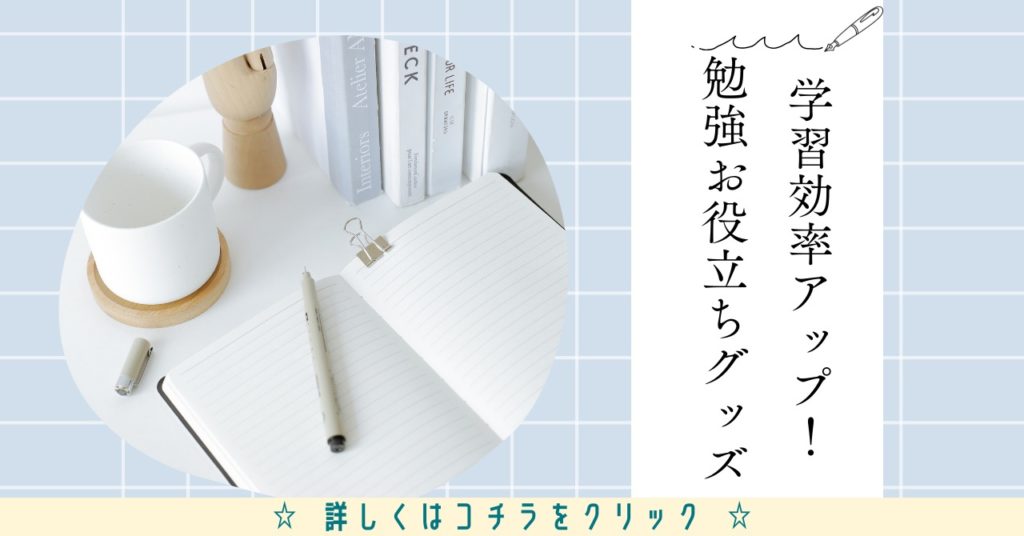開隆堂 高1APPLAUSE Lesson5 Section2の本文の日本語訳と重要箇所の解説です。
Lesson5-1, 5-3の解説はこちらからご覧ください。
>高1APPLAUSE Lesson5 Section1 本文和訳
>高1APPLAUSE Lesson5 Section3 本文和訳
- APPLAUSE Lesson5 Section2 本文と日本語訳
- APPLAUSE Lesson5 Section2 重要事項の解説
- Republic of Congo had been colonized by France from 1882 to 1960.
- After its independence, several civil wars occurred.
- People in Republic of Congo wanted to spend a peaceful life.
- Sapeurs thought that one way to make the country peaceful was by dressing up.
- Violence makes their expensive and beautiful clothes dirty, so they do not fight.
- Their motto is “Let’s drop the weapons, let us work and dress elegantly.”
- One Sapeur says, “We should make sounds in designer shoes, not in military shoes.”
- Being a Sapeur is not just about vanity.
- Sapeurs dress nicely and behave elegantly for peace.
- They are respected and admired as a symbol of peace in their communities.
- APPLAUSE Lesson5 Section2 まとめ
APPLAUSE Lesson5 Section2 本文と日本語訳
Republic of Congo had been colonized by France from 1882 to 1960.
「コンゴ共和国は1882年から1960年までフランスに植民地支配されていました。」
After its independence, several civil wars occurred.
「独立の後,いくつか内戦が起きました。」
People in Republic of Congo wanted to spend a peaceful life.
「コンゴ共和国の人々は平和な生活を過ごしたがっていました。」
Sapeurs thought that one way to make the country peaceful was by dressing up.
「サプールは,国を平和にする1つの方法はオシャレをすることだと考えました。」
Violence makes their expensive and beautiful clothes dirty, so they do not fight.
「暴力は彼らの高価で美しい洋服を汚すので,彼らは戦いません。」
Their motto is “Let’s drop the weapons, let us work and dress elegantly.”
「彼らのモットーは『武器を捨てて,働いて優雅に着こなそう。』です。」
One Sapeur says, “We should make sounds in designer shoes, not in military shoes.”
「あるサプールは,『私たちは軍用の靴ではなく,デザイナーの靴で音を立てるべきだ。』と言います。」
Being a Sapeur is not just about vanity.
「サプールになることは単なる自慢ではありません。」
Sapeurs dress nicely and behave elegantly for peace.
「サプールは平和のために美しく着飾り,優雅に振る舞います。」
They are respected and admired as a symbol of peace in their communities.
「彼らは地域社会の中で平和の象徴として尊敬され,称賛されています。」

APPLAUSE Lesson5 Section2 重要事項の解説
Republic of Congo had been colonized by France from 1882 to 1960.
“Republic of Congo”は「コンゴ共和国」ですね。また,この文では「過去完了」と「受動態」が組合わさっていますね。
“colonize”は「を植民地化する」という動詞です。
“from A to B”で「AからBまで」という意味になります。
After its independence, several civil wars occurred.
“after”は「~後に」という前置詞で,“its”は“Republic of Congo”を指しています。
“independence”は「独立」,“war”は「戦争」という名詞で,“several”は「いくつかの」,“civil”は「市民の」という形容詞になります。
“civil war”で「内戦」で,“occur”は「起こる」という動詞ですね。
People in Republic of Congo wanted to spend a peaceful life.
“want to 動詞の原形”で「~したい」という重要表現です!「不定詞の名詞的用法」と一緒に確認しておきましょう。
“spend”は「を過ごす,費やす」という動詞で,“peaceful”は「平和な」という形容詞です。
Sapeurs thought that one way to make the country peaceful was by dressing up.
この文では「接続詞that」が使われていますね。
“way”は「道,方法」という名詞で,“make A B”は「AをB(の状態)にする」という重要表現です。
“to make”は「不定詞の形容詞的用法」になります。
“dress up”は「オシャレをする」という意味で,直前が前置詞なので「動名詞」になっていますね。
“by”は「~によって」という「手段・方法」を表す前置詞です。他にも色々な意味があるので,以下に簡単にまとめておきます。
1.受動態とセットで「~によって」
2.”by+乗り物”で「交通手段」
3.「~までに」という期限
4.「~のそばに」という場所を表す
Violence makes their expensive and beautiful clothes dirty, so they do not fight.
この文も,“make A B”は「AをB(の状態)にする」が使われていますね。
“violence”は「暴力」,“clothes”は「衣服」という名詞です。
“expensive”は「高価な」,“dirty”は「汚い」という形容詞で,“fight”は「戦う」という動詞になります。
“so”は「だから」という接続詞です。
Their motto is “Let’s drop the weapons, let us work and dress elegantly.”
“motto”は「標語,モットー,座右の銘」といった名詞になります。
“Let’s 動詞の原形”は「~しましょう」ですね。
同じ意味で“Shall we~?”や“Why don’t we~?”もあるのでセットで覚えましょう!
ちなみに”let’s”は”let us”の短縮形です。
“dress”は「着飾る」という動詞で,“elegantly”は「優雅に」という副詞です。
One Sapeur says, “We should make sounds in designer shoes, not in military shoes.”
“should”は「~すべきだ,はずだ」という助動詞です。
“make sounds”は「音を立てる」という意味で,“designer”は「設計者,デザイナー」,“shoe”は「靴」という名詞,“military”は「軍人の」という形容詞になります。
Being a Sapeur is not just about vanity.
“Being”は「~になる」という意味で,「動名詞」になっていますね。
“just”は「ただ,~なだけ」といった副詞です。
“about”は「~について」という前置詞で,“vanity”は「虚栄心,自慢」といった名詞になります。
Sapeurs dress nicely and behave elegantly for peace.
“nicely”は「良く,上手に」といった副詞で,今回は「美しく」と訳しました。
“behave”は「振る舞う」という動詞で,“peace”は「平和」という名詞になります。
They are respected and admired as a symbol of peace in their communities.
この文では「受動態」が使われていますね。
“respect”は「を尊敬する」,“admire”は「を称賛する」という動詞で,“as”は「~として」という前置詞になります。
“symbol”は「象徴」,“community”は「地域社会」といった名詞です。
“of”は前置詞で,”A of B”の形で「BのA」というように後ろから前に訳します。
APPLAUSE Lesson5 Section2 まとめ
以上がAPPLAUSE Lesson5 Section2の日本語訳となります。
「過去完了」の文の作り方を確認しておきましょう!
>高1APPLAUSE Lesson5 Section1 本文和訳
>高1APPLAUSE Lesson5 Section3 本文和訳
何か分からない点や他に解説してほしい点があれば,お気軽にコメントしてください!



コメント